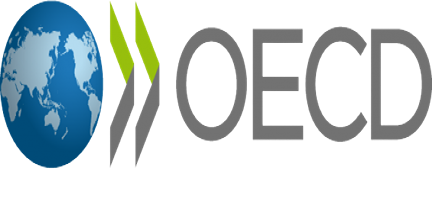On 12 August 2024 the OECD released the final report on the transfer pricing framework for lithium. The report applies the mineral pricing framework previously outlined in the OECD/IGF report on Determining the Price of Minerals: A Transfer Pricing Framework to transactions in lithium, identifying the primary economic factors affecting the price of lithium when applying the Comparable Uncontrolled Price (CUP) method. The report aims to help developing countries to tax lithium exports appropriately.
The report has been compiled mainly for policy makers and tax administrations in developing countries where multinationals are carrying out mining activities. The collection of the appropriate tax revenue by governments in relation to the mining sector depends on the accurate pricing and measurement of mineral products. In the case of semi-processed minerals such as lithium, this procedure can be very complex.
Lithium is mostly used in producing lithium-ion batteries used in powering electric vehicles, portable electronic devices, and renewable energy grid storage solutions. Industrial applications of lithium can be found in industries such as ceramics, glass, lubricants, metallurgy and medical applications. The report looks at lithium production and the fundamentals of lithium pricing.
Cross-border transactions involving mineral products between related parties present a risk of profit shifting through transfer mis-pricing. The report on the pricing of lithium therefore provides practical guidance on the delineation of transactions between related parties and application of the arm’s length pricing to lithium exports. It then considers the contents of a lithium agreement, where, as with other minerals, the terms and conditions impacting the price are specific to the commodity.
The report sets out the main elements of contracts between independent parties, to assist tax administrations in applying the arm’s-length principle. Generally, buyers request representative samples and check the metallurgical and mineralogical characteristics of the product before importing lithium chemicals, concentrates, or minerals. These characteristics are the basis of the contract and price negotiations. The contract should include a product description; the quantity involved; the duration; the delivery terms and the price.
The pricing of lithium has been facilitated in recent years as several pricing data agencies have begun to collect price intelligence and to publish lithium chemical and concentrate prices. The availability of pricing data has therefore increased, facilitating the process of researching pricing data and permitting the development of lithium price indices. The OECD report includes in the Appendix a list of sources of information on lithium pricing.
















